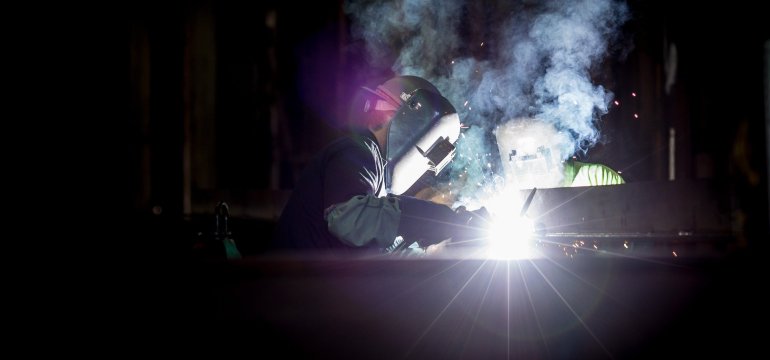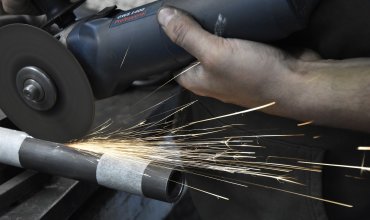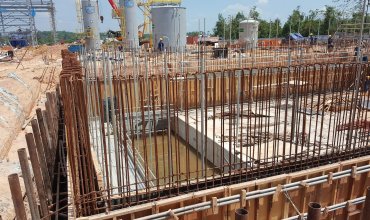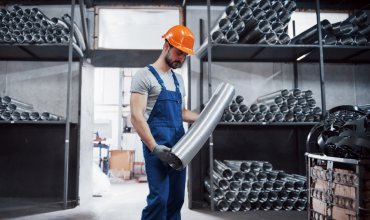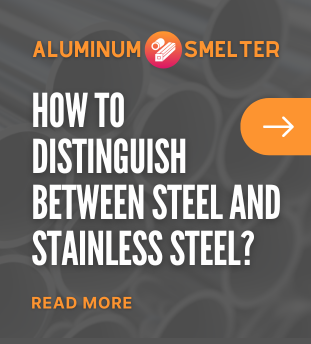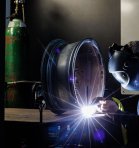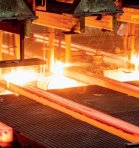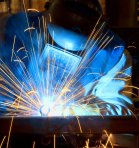Welding aluminum is quite a challenge, as it requires the right techniques and equipment to achieve durable and aesthetically pleasing welds. As a lightweight metal, aluminum is gaining popularity in industries ranging from automotive to aerospace. Its properties, such as low density and high corrosion resistance, make it an ideal material for many applications. However, welding this metal requires advanced knowledge and technology. What are the modern aluminum welding methods that allow you to make durable joints? You will learn about it in this article.
History and development of welding techniques
Aluminum welding began to develop at the beginning of the 20th century, when the first methods were discovered to connect this metal. At that time, welding technologies were very limited. It was not until the industrial revolution and the development of new materials that the search for more efficient aluminum welding techniques began. In the 1960s, techniques using protective gases were introduced, and later developments in electronics allowed the introduction of TIG and MIG welding technologies. The modern approach to aluminum welding involves the use of the latest technological advances, which has significantly improved the quality and durability of welds.
TIG welding and its advantages
One of the most widely used welding methods for aluminum is TIG (Tungsten Inert Gas) welding. This method uses a non-fusible tungsten electrode and a shielding gas, usually argon, to protect the weld from airborne contaminants. TIG welding is prized for its precision and weld quality, which is especially important when working with aluminum. Although TIG welding requires more skill from the welder, the results in the form of aesthetically pleasing and durable welds speak for themselves. The biggest advantage of this method is the ability to precisely control the welding process and minimize contamination, which is crucial when working with aluminum.
MIG method - efficiency and speed
The MIG (Metal Inert Gas) method has also gained popularity for welding aluminum, especially in the mass industry. It is one of the faster techniques, as it involves the use of a mechanical wire feeder and protective gas, which speeds up the process considerably. Although MIG welding may not offer the same precision as TIG methods, its efficiency and speed are invaluable, especially for large projects. Compared to other methods, MIG allows large pieces of metal to be joined together quickly, which is important for mass industries where time is money.
Laser welding of aluminum
One of the most modern methods of welding aluminum is laser welding. This technology uses a concentrated laser beam to melt and join metal. The advantage of this method is the ability to make precise and aesthetic welds, even in hard-to-reach areas. Laser welding is ideal for industries that require superior quality and extreme precision. Although the initial cost of implementing this technology can be high, the long-term benefits, such as reduced waste and minimized rework, make it an attractive option for many companies in Poland.
Hybrid welding - an innovative approach
Another modern welding method is a combination of techniques, known as hybrid welding. It combines the best features of different methods, such as TIG, MIG and laser welding. This makes it possible to achieve exceptionally durable welds while keeping the process efficient. Hybrid welding adapts to the different challenges of aluminum welding, combining speed and precision. This is particularly useful in situations where high quality work is required while keeping costs reasonable. In Poland, tech technology is gaining interest, especially in modern car and metal structure factories.
Ultrasonic technology
A slightly less well-known, but equally modern method, is ultrasonic welding. It uses high-frequency sound waves to generate the energy needed to join metal. One of the biggest advantages of this technique is that there is no need for additional materials, such as electrodes or wire, making it a very clean method. Ultrasonic welding is ideal for delicate structures where traditional techniques can damage the material. Although it is less popular in Poland, its use continues to grow in industries such as electronics and precision medical devices.
Impact of technology on the future of aluminum welding
The development of aluminum welding techniques in Poland is a fascinating process that continues to evolve. Technological innovations, such as multifunctional welding robots that can work with different welding methods at the same time, are contributing to increased production efficiency and quality. Poland, which is among the top European countries in terms of industrial production, is benefiting from the implementation of these modern technologies. Aluminum welding will certainly be even more integrated with computer systems in the future, allowing even better management of production processes.
In conclusion, modern aluminum welding methods are diverse and offer a range of options depending on the needs and specifics of the project. Whether one chooses TIG welding, MIG welding, laser technology or hybrid technology, it is important to tailor the method to the specific application to get the best results. As technology evolves, we can expect to see even more advanced techniques that will revolutionize the welding industry in Poland.


